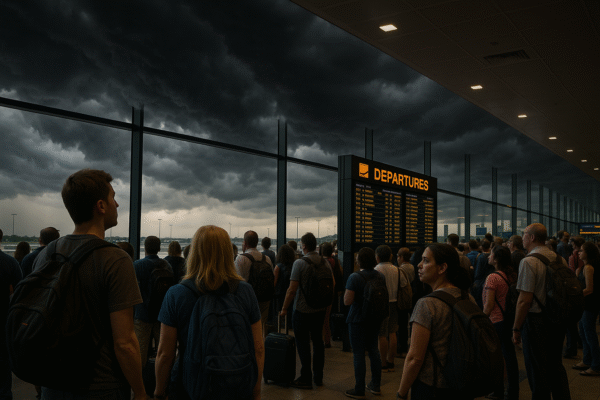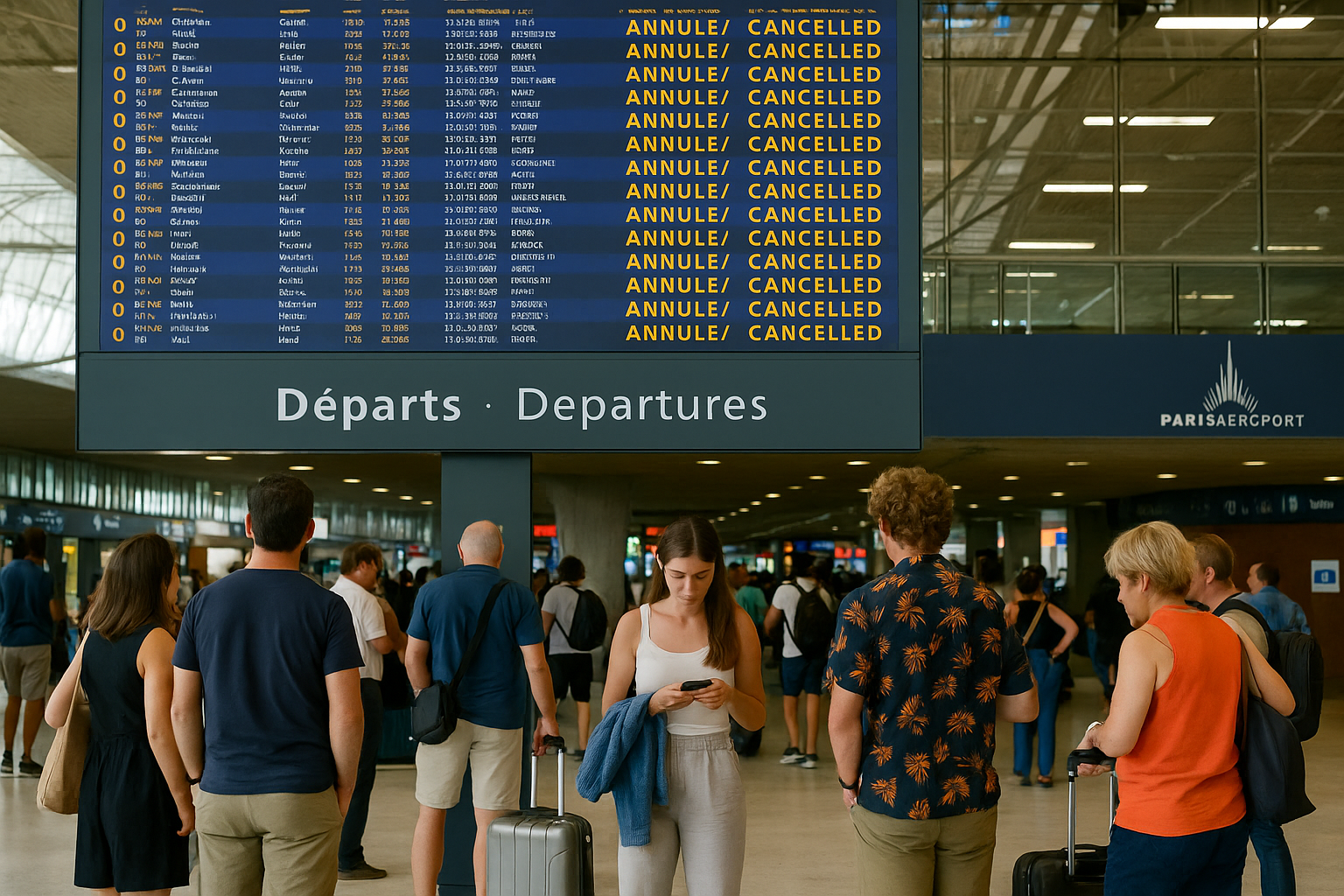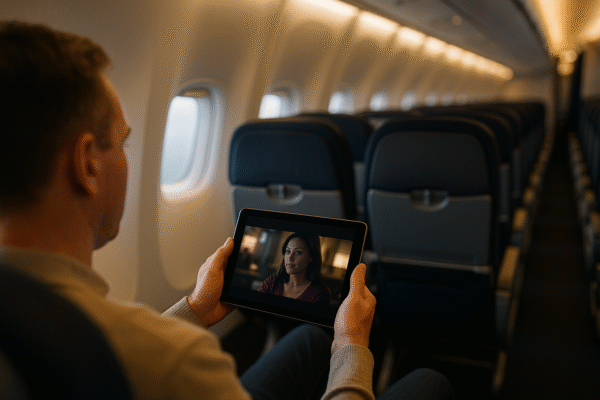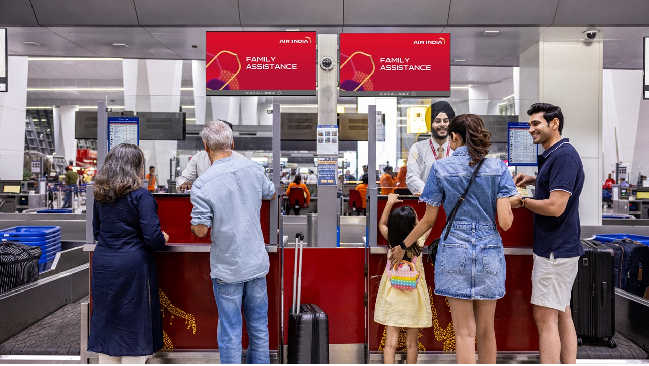In a strategic move that’s capturing attention across the travel sector, British Airways (BA) has joined forces with Qantas, American Airlines, Etihad, and Hawaiian Airlines to spearhead a Bring Your Own Device (BYOD) in‑flight streaming model. Launching a pilot program in July 2025, British Airways will roll out BYOD services on wide-body jets operating from London Heathrow—including A380s, 787‑9 Dreamliners, and 777‑200s—allowing passengers to stream a curated library of entertainment directly to their personal devices via onboard Wi-Fi.
The Driving Forces Behind the Shift
Airlines are weighing the benefits of BYOD against embedded seatback screens. As seatback units can weigh up to 1 kg each, eliminating them offers substantial fuel and maintenance savings—especially across long-haul fleets. British Airways believes this trial will gauge passenger readiness for a screen-free cabin, where the convenience of device-based streaming could outweigh traditional entertainment systems.
Allies in Innovation: Qantas, American & Others
- Qantas is already pioneering this trend. Its new A321XLR narrow-bodies, set to debut on domestic and short-haul routes from mid-2025 through 2026, will forego seatback screens entirely. Instead, passengers will watch content on their own devices, with fold-down holders and USB-A/C charging ports as standard.
- American Airlines has gradually removed screens from its domestic narrow-body fleet, including retiring older A319s by late 2025, betting heavily on passengers’ preference for streaming from personal devices.
- Etihad and Hawaiian Airlines have already proven the BYOD model effective since 2019. Etihad’s short and medium-haul A320/A321 jets run Panasonic‑powered wireless streaming, while Hawaiian’s A321neos were launched without embedded screens.
A Rift in Entertainment Strategy
Not all carriers are abandoning seatback entertainment. Delta Air Lines is investing in advanced IFE, planning to introduce 4K HDR screens and interactive services by 2026—betting that high-quality embedded screens are a key element of the premium travel experience. This sets up a stark contrast in global airline strategies, with some favouring cost-saving and lightweight cabins, while others prioritise consistent passenger comfort and brand differentiation.
Passenger Reactions: Enthusiasm vs. Resistance
The response among travellers is divided. Some appreciate the flexibility and personalization of BYOD, while others raise concerns about battery life, small screen fatigue, and the nostalgic love for seatback entertainment. Qantas, in particular, has faced mixed reviews: while boosters cite modern simplicity, detractors lament the loss of in-seat screens—beloved “cabin boredom busters” on longer flights.
Untapped Potential on Medium‑Haul Flights
Critics observe that British Airways’ trial excludes short- to medium-haul routes (typical 4–5 hour journeys), where seatback screens are still minimal or non-existent. Introducing BYOD on these flights could deliver low-cost entertainment upgrades and a competitive edge in the mid-range market—a path yet to be explored by British Airways.
What This Means for the Travel Industry
This collaborative move signals a major shift in in-flight entertainment (IFE) lifecycle—from hardware-heavy screens to fluid, software-driven streaming experiences. Airlines stand to gain from lighter aircraft and reduced maintenance expenses, while travellers gain options that align with their digital lifestyles. However, brand identity and service expectations could suffer if passengers perceive the changes as diminishing comfort or luxury.
What to Expect in the Coming Months
- British Airways will collect data on passenger engagement, satisfaction, and technical issues. The results will shape future cabin entertainment strategies.
- Rival carriers—both BYOD proponents and traditionalists—will likely track feedback closely. Airlines may adopt hybrid models featuring both seatback screens and streaming support.
- The trial’s outcome will redefine the quantum of in-seat brands vs. personal-device ecosystems in the competitive battle for passenger loyalty.
As BA and its partners pilot this BYOD revolution, the debate intensifies: can downloaded binge-watching on tablets eclipse the dependable luxury of seatback cinemas? The next few months, and traveller reviews, will decide whether cabin screens fade into flight history—or persist as a hallmark of premium experience.
For global travel industry updates, stay tuned—this BYOD experiment could signal the start of a new era in in-flight entertainment.
Read more travel news, follow Global Travel Wire.
Disclaimer: This image is AI generated and may bear no resemblance with actual fact or images.


















